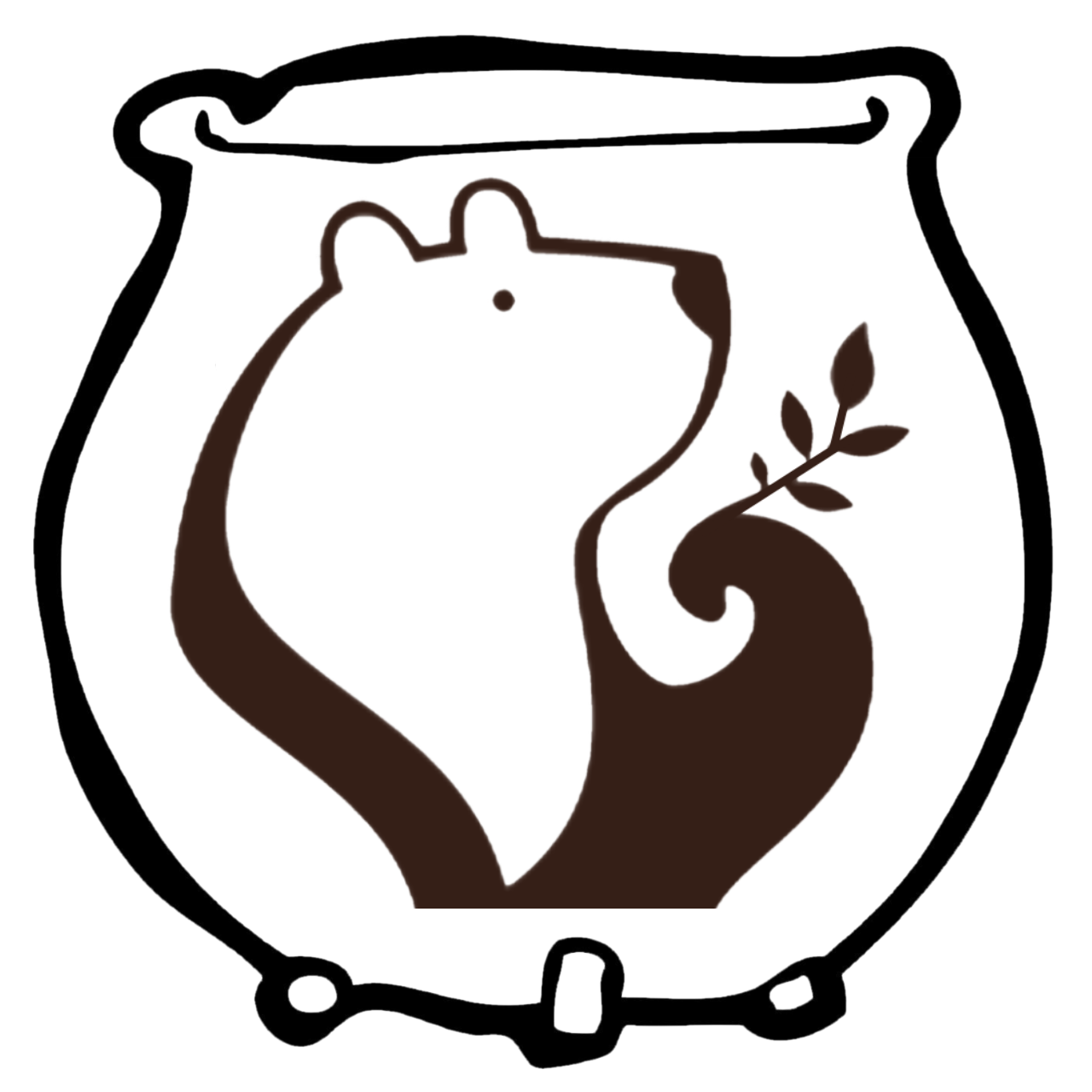Momma Bear
Magic
The Patience of Crocodile
The Magic of Crocodile
Significant Qualities
Power
Patience
Protect
Survive
Wisdom
Time
Day: Evening
Month: Unknown
Season: All
Sabbat: Unknown
Moon: Solar Eclipse
Planet: Mars
Celestial: Lacerta
Magic
Chakra: Root
Tarot: Priestess
Rune: Unknown
Archetype: Ruler
Gods: Sobek, Tlaltecuhtli, Mahara, Ammit
Nature Spirits: Jiaolong
Symbols
Stone: Crocodile Jasper, Chrysocolla, Bloodstone
Herb: Crocodile fern, Bougainvillea
Element: Water, Fire
Number: Unknown
Direction: Unknown
Gender: Feminine
Color: Brown, Green
The Science of Crocodile
Herpetology
Latin Name: Crocodylus acutus (American Crocodile)
Family (Family): Crocodylidae (Crocodile Family)
Other names:
Group name: A bask of crocodiles (on land), A float of crocodiles (in water)
Female: Cow
Male: Bull
Baby: Hatchling
Type: Reptile
Size: 8 – 16 feet
Weight: 300 – 2100 lbs.
Life expectancy: 60-100 years
Sustainability: Endangered/Threatened
Behavior
Shelter
Range
Diet
Mating
Gestation
Predators
The Folklore of Crocodile
Proverbs and Sayings
Malaysian Proverb
Chinese Proverb
Bantu Proverb
Malagasi Proverb
Swahili Proverb
African Proverb
Ethiopian Proverb
The smaller the lizard, the greater its hopes of becoming a crocodile.
back into the river, in silence, violence down
and for its nightness
I cannot see the water. With fear
I am alone. Slick rocks smile thin anonymous light, they lie
about what I am. I see and try to hold
my body in my body, trace a vein
from the base of my palm through
the crook of my elbow, armpit, home—home
makes no sense. I’ve given up on what I know.




